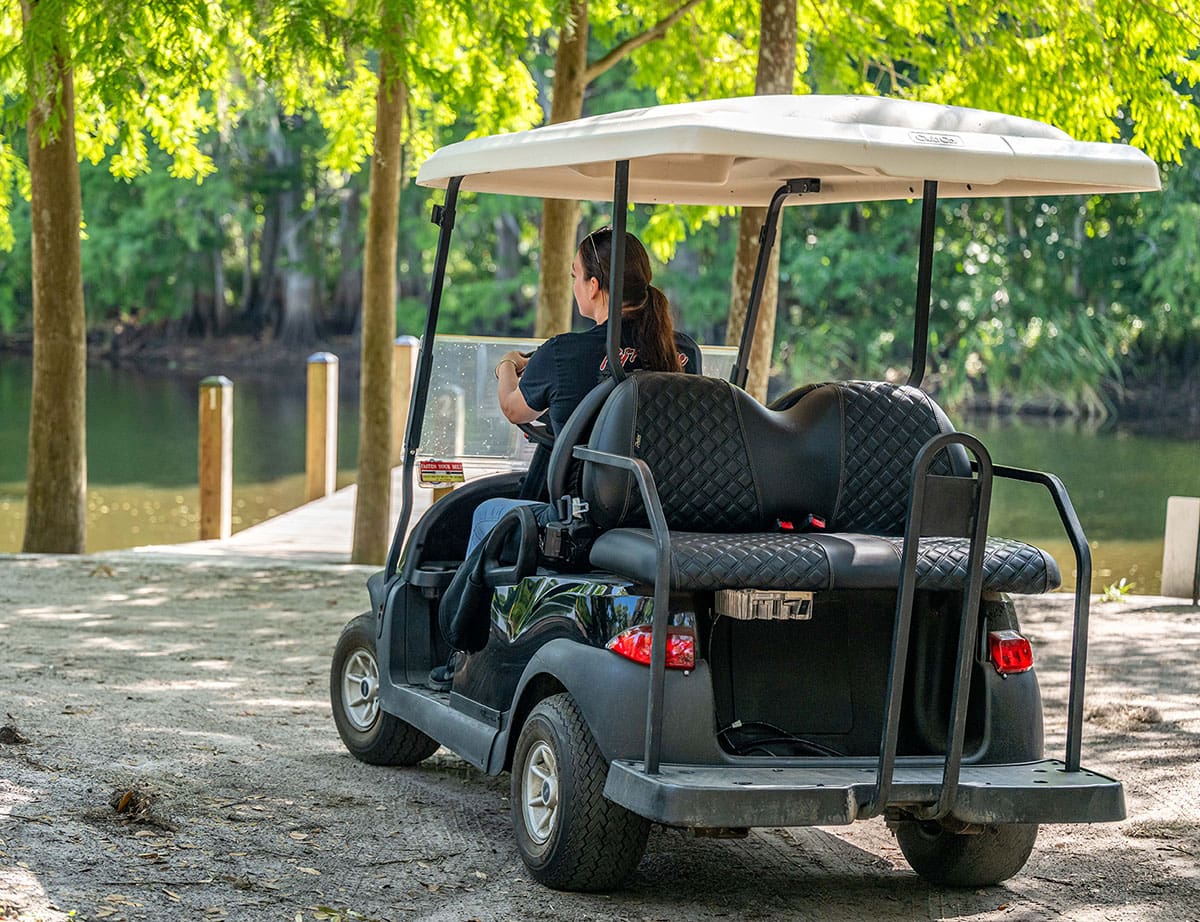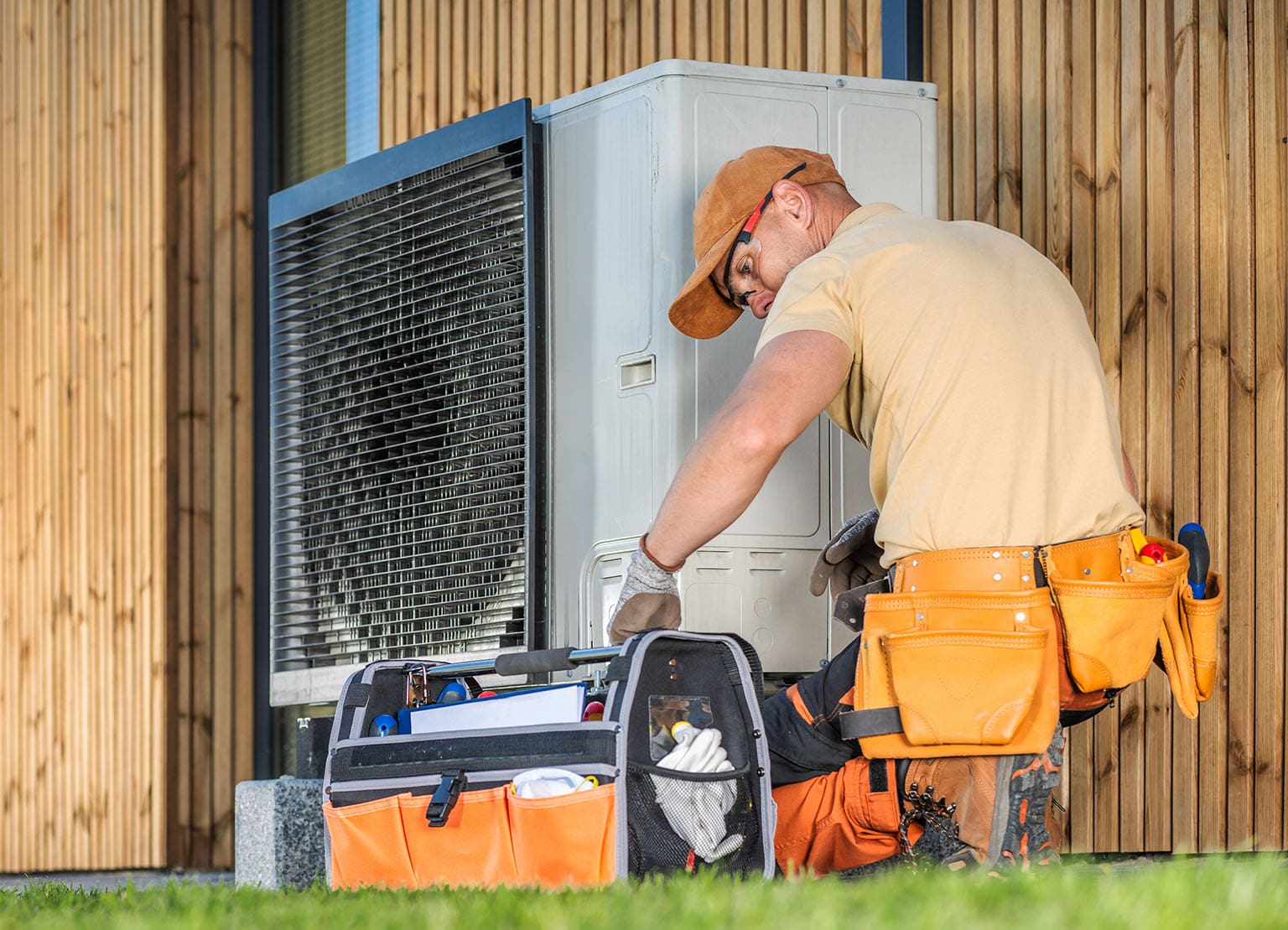Understanding key risks and implementing effective controls
Builders’ risk exposures refer to the various risks and potential losses that can occur during the construction phase of a building project. This type of insurance is specifically designed to protect construction projects from the planning of the project until its completion. Construction sites are complex environments with numerous contractors, heavy machinery, and valuable materials. These factors, combined with the constantly changing nature of projects, make it essential to have specialized insurance coverage, such as builders’ risk.
Major exposures of builders’ risk include fire, water intrusion, weather-related hazards, theft, vandalism, equipment failure or collapse, and other losses that may come from off-site storage and transit. Builders’ risk insurance provides essential protection against these types of unforeseen events, helping ensure that the project can proceed smoothly regardless of the disruptions.
View the exposures related to each of the perils mentioned, as well as some of the best practice controls that you can plan for, budget for, and have in place to help protect against these types of significant losses.
Fire
Fire is a significant risk on construction sites due to the presence of flammable materials, electrical equipment, and welding activities. A fire can cause severe damage to the structure and materials, leading to costly delays and increased expenses.
Exposures:
- Combustible materials stored on site
- Hot work activities, such as welding and cutting, which generate sparks as a source of ignition
- Faulty electrical systems or wiring
- Smoking
- Poorly maintained equipment or engines
Controls:
- Implement strict fire safety protocols, including regular inspections and maintenance of electrical systems
- Store flammable materials in designated and secured areas away from ignition sources
- Require hot work permits, fire watches, and use of fire-resistant blankets or shields during hot work
- Install temporary fire detection and suppression systems
Water intrusion
Water intrusion can lead to significant structural damage, mold growth, and project delays. It can occur due to weather events, plumbing failures, inadequate site drainage or incomplete systems and start-up when introducing water into systems during the project phases.
Exposures:
- Heavy rainfall or flooding
- Plumbing leaks or failures
- Inadequate site drainage
- Roof or building envelope leaks
Controls:
- Install temporary roofing or tarps to protect the structure during construction
- Ensure proper site grading and drainage systems to manage water flow
- Conduct regular inspections of plumbing systems and fix leaks immediately
- Use moisture barriers and sealants to prevent water damage
- Perform air tests before introducing water or chemicals into wet systems
Weather related
Weather-related hazards, such as storms, high winds, and extreme temperatures, can cause damage to the construction site and materials—leading to delays and increased costs.
Exposures:
- High winds and tornados
- Heavy snow or ice
- Heavy rain and hurricanes
- Extreme temperatures
- Lightning strikes
Controls:
- Secure materials and equipment to prevent wind damage
- Implement weather monitoring system to anticipate and prepare for severe weather
- Schedule construction procedures to avoid extreme weather conditions, when possible
- Protect exposed areas with temporary shelters or traps
Theft/vandalism
Construction sites are often targets for theft and vandalism due to the presence of valuable materials and equipment. These incidents can result in significant financial losses and project delays.
Exposures:
- Theft of materials and equipment
- Vandalism of the site or property
- Unauthorized access to the site
Controls:
- Install security fencing and lighting around the site
- Use surveillance cameras and security personnel to monitor the site
- Implement strict access controls, including ID badges and visitor logs
- Store valuable materials and equipment in secure, locked areas
- Mark and register equipment to aid in recovery if stolen
- Monitor weather and take steps to protect against future weather-related events
Equipment failure collapse
Equipment failure and structural collapse can cause significant damage to the project and pose serious injury risks to employees or the public. These incidents can lead to costly repairs, injuries, and project delays.
Exposures:
- Mechanical failure of construction equipment
- Structural collapse of scaffolding or temporary supports
- Improper use or maintenance of equipment
Controls:
- Conduct regular maintenance and inspections of all equipment
- Ensure that all workers are properly trained in the use of equipment
- Use high-quality materials and follow engineering specifications for temporary structures
- Implement load testing and monitoring for critical structures
- Establish clear safety protocols and emergency response plans
Off-site storage and transit
Materials and equipment stored off site or in transit are vulnerable to damage, theft, and loss, which can result in delays and increased costs for the project.
Exposures:
- Theft or vandalism during storage
- Damage during transportation
- Loss or misplacement of materials
Controls:
- Use secure, weather-resistant storage facilities for off-site materials
- Implement strict inventory controls and tracking systems for materials
- Choose reliable transportation providers with proper insurance
- Use protective packaging and handling procedures during transit
- Conduct audits and inspection of stored and transported materials
Builders’ risk insurance plays a crucial role in protecting construction projects from financial loss and delays. By understanding these exposures and implementing effective controls throughout the project lifecycle, stakeholders can mitigate potential setbacks and help ensure a smooth and successful completion.
For more information
We’re ready to help when you are. Get in touch and one of our experienced Baldwin advisors will reach out to have a conversation about your business or individual needs and goals, then make a plan to map your path to the possible.
This document is intended for general information purposes only and should not be construed as advice or opinions on any specific facts or circumstances. The content of this document is made available on an “as is” basis, without warranty of any kind. The Baldwin Insurance Group Holdings, LLC (“The Baldwin Group”), its affiliates, and subsidiaries do not guarantee that this information is, or can be relied on for, compliance with any law or regulation, assurance against preventable losses, or freedom from legal liability. This publication is not intended to be legal, underwriting, or any other type of professional advice. The Baldwin Group does not guarantee any particular outcome and makes no commitment to update any information herein or remove any items that are no longer accurate or complete. Furthermore, The Baldwin Group does not assume any liability to any person or organization for loss or damage caused by or resulting from any reliance placed on that content. Persons requiring advice should always consult an independent adviser.






